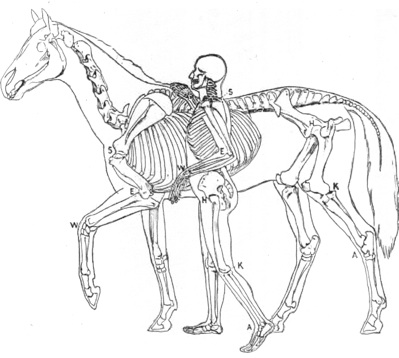More Preview






Let’s Start on the Path of Rediscovery
The Chemistry of Essential Oils Made Simple by Dr. David Stewart reminds me nothing is ever lost or gained. Energy is transformed from one form of matter to another. I am transforming Raindrop Technique™ from the basic anointing into its deeper components.
It does not matter if the body has hands & feet, paws, claws or hooves. Every body has its own distinct paths through which its energy & blood flow every hour of the day & night. Without sufficient energy or blood, a body fails to thrive.
The body's major energy sources & blood flow through a major trunk of phone lines, power lines or rivers. The route is composed of 12 regular channels, 8 extraordinary channels and 12 regular associated channels including 12 divergent paths, 12 muscle regions & 12 subcutaneous regions.
As this is not a study of acupuncture or acupressure, I will not concentrate on the back alleys and little gullies of a body's healing pathways but merely want you to know they exist. If you know they exist, you will begin to understand the way back to health. Key to the healing path is the Vita Flex points. Suffice it to say if it hurts, there is a Vita Flex point which is unhappy.
The major phone system regulates the physiological activities of the organs. It extends over the outside of a body and connects all tissues and organs. Through these 12 major pathways, organs, joints, extremities, and the entire external surface of the body of a body are able to communicate as an entire cohesive unit. In Traditional Chinese Medicine (TCM), pathways are known as meridians. There is a total of 24 as they appear symmetrically on both right and left sides of a body.
Depending on the resources previously available to you, you may find several different names actually refer to the same pathway. There are different maps for the same body. And points along the paths are called different names depending with “whom” you are discussing the route on which you are traveling. You just need to learn to “speak” a common language.
Ancient literature does not provide as complete animal anatomical descriptions in comparison to the human body. There are traditional charts for the horse and cow. There is little in comparison for the rest of the animal kingdom. Today, many practitioners chose to follow a “transpositional” diagram versus the “traditional”. Human meridians and points are transposed onto animal diagrams. This does pose some interesting challenges as human skeletons are not exactly the same as those of the animal kingdom. There are known differences in the location of traditional veterinary points versus transpositional.
In 1860, Benjamin Waterhouse Hawkins provided drawings of comparative anatomy between humans and animals in motion. His work, A Comparative View of the Human and Animal Frame, was intended "to give a comparative view of the variation in form of the bony skeleton or framework of those animals most frequently required by the artist, designer, or ornamentist." The animals represented are some of the most familiar, such as the lion, horse, and bear. The textual explanations of variation in animal form did not yet reflect the influence of Charles Darwin's evolutionary theory, but the detailed drawings added to an understanding of animal anatomy. Based on Hawkins work, it is possible to believe the transpositional theory would be adequate if not perfect.
More information can be found at the University of Wisconsin’s website, http://digital.library.wisc.edu/1711.dl/HistSciTech.CompAnat There you will discover a human body and other vertebrates are made very similar.

Read More---


